Dehorning of Loskop Dam’s Entire Rhino Population
Dehorning of Loskop Dam’s Entire Rhino Population
Demonstrating our commitment to conservation and efficiency, we collaborated with DCM Surfaces, MTPA, and African Wildlife Vets to dehorn all the rhinos at Loskop Dam in a remarkable three-day operation. This initiative, integral to the broader rewilding project at Loskop, was essential for safeguarding these rhinos from the constant danger of poaching.
DCM Surfaces, renowned for its supporting bespoke surfacing solutions across the UK, played a pivotal role in this operation, funding the several days of helicopter use essential for the operation, whilst also being on the ground to help with the operation.
The dehorning of each rhino is a sensitive procedure, requiring precision and care.
Location and Tracking: Helicopters were employed by the team to find each rhino. A cross marked on each rhino’s back ensured that no animal was darted more than once.
Immobilization: A wildlife veterinarian administered a precisely measured dose of tranquilizer using a dart gun, taking into account each rhino’s size and health condition.
Safety Measures: After immobilization, the rhino’s eyes were covered, and earplugs were inserted to reduce stress. Vital signs were monitored continuously.
Dehorning: A chainsaw or a similar tool was utilized to remove the horn, which is a painless procedure because the horn is composed of keratin, similar to human nails.
Post-Procedure Care: The horn stub received antiseptic treatment, and a reversal agent was given to rouse the rhino from sedation.
Monitoring: After the procedure, each rhino was carefully observed to ensure a smooth recovery.
The Cost and Impact of Dehorning: Each dehorning operation incurs costs ranging from $600 to $1,000, covering everything from helicopter usage to veterinary care. Since rhino horns grow back at a rate of 3 to 4 inches per year, these procedures need to be repeated every 12 to 24 months.
This dehorning operation is integral to the broader effort to rewild the Loskop Dam Nature Reserve. WeWild Africa, in collaboration with the local government, is focused on reintroducing the Big Five, enhancing infrastructure, and increasing the reserve’s size to 100,000 hectares. This extensive initiative seeks to revive the historically present biodiversity of the reserve, making it one of the largest and most stunning reserves in Southern Africa.
To learn more about the Loskop Dam Nature Reserve rewilding project and how you can contribute, visit wewildafrica.com.

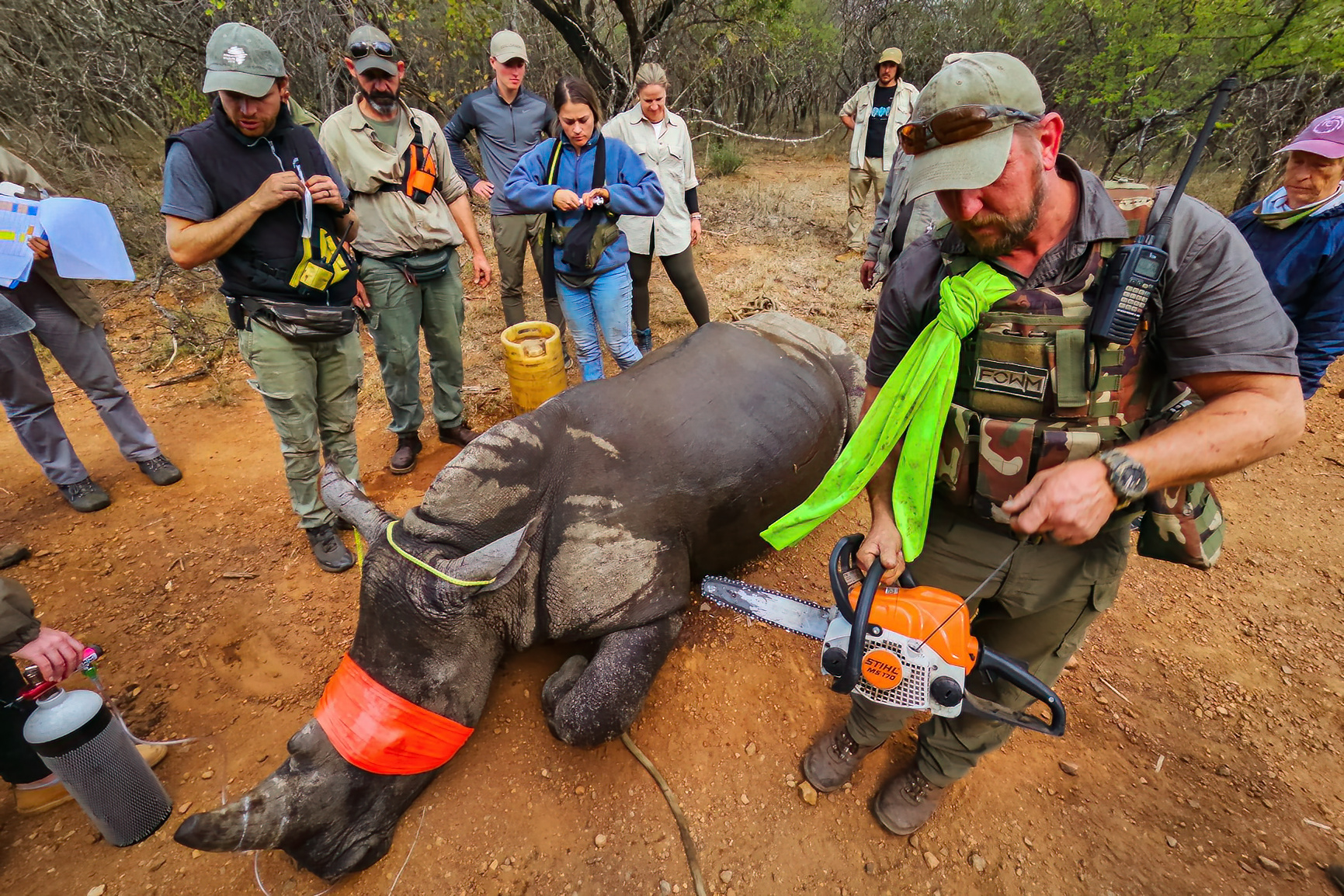



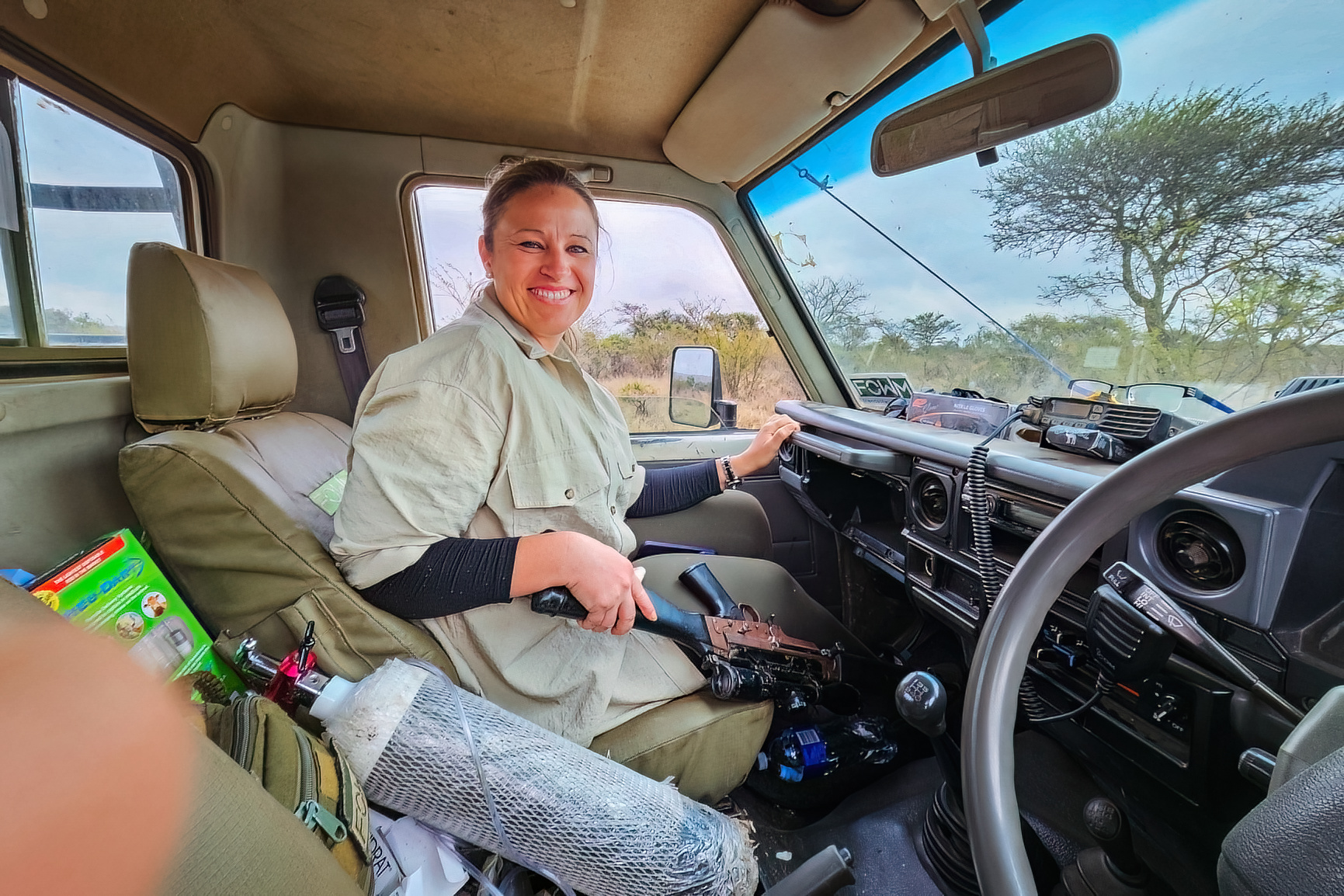






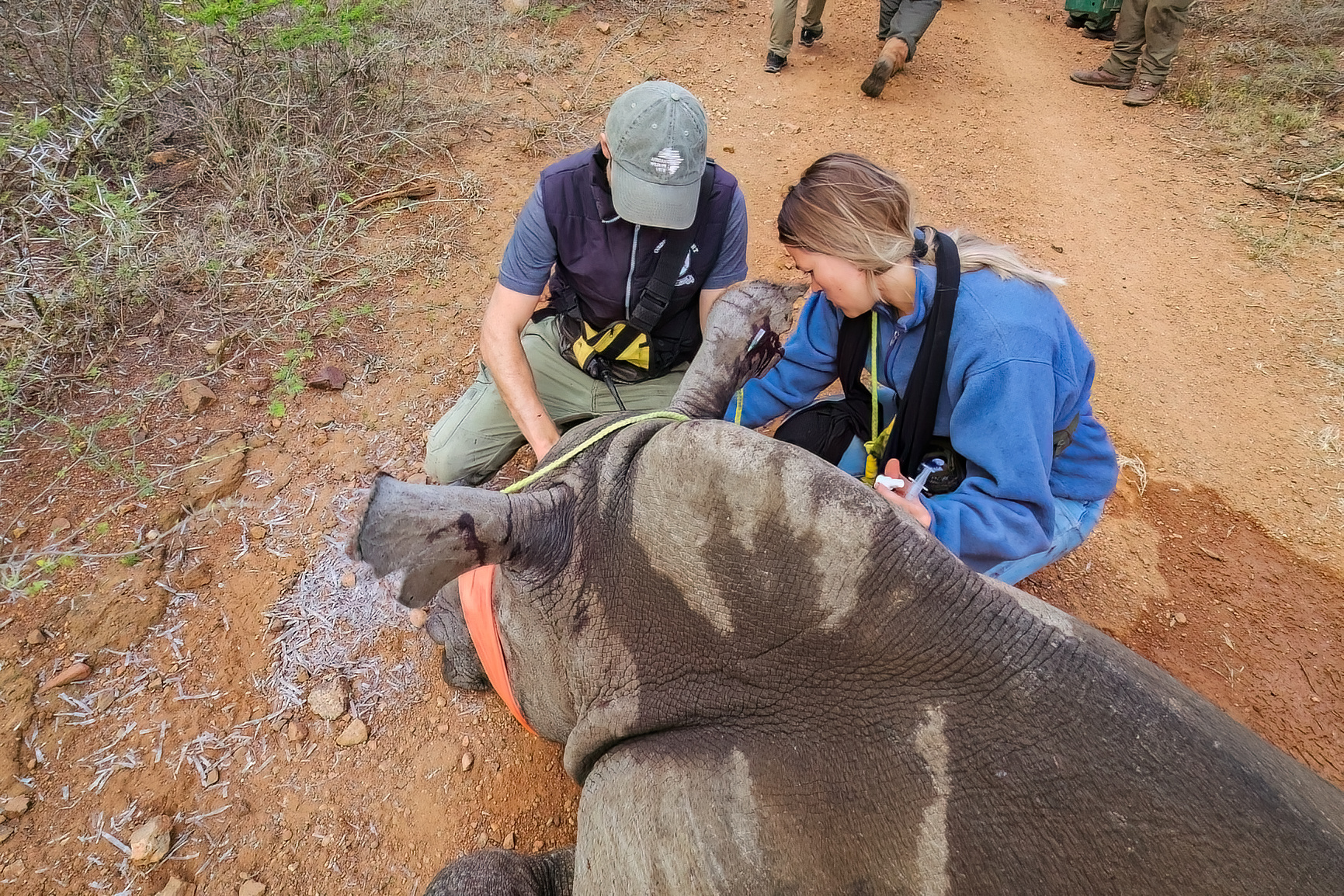

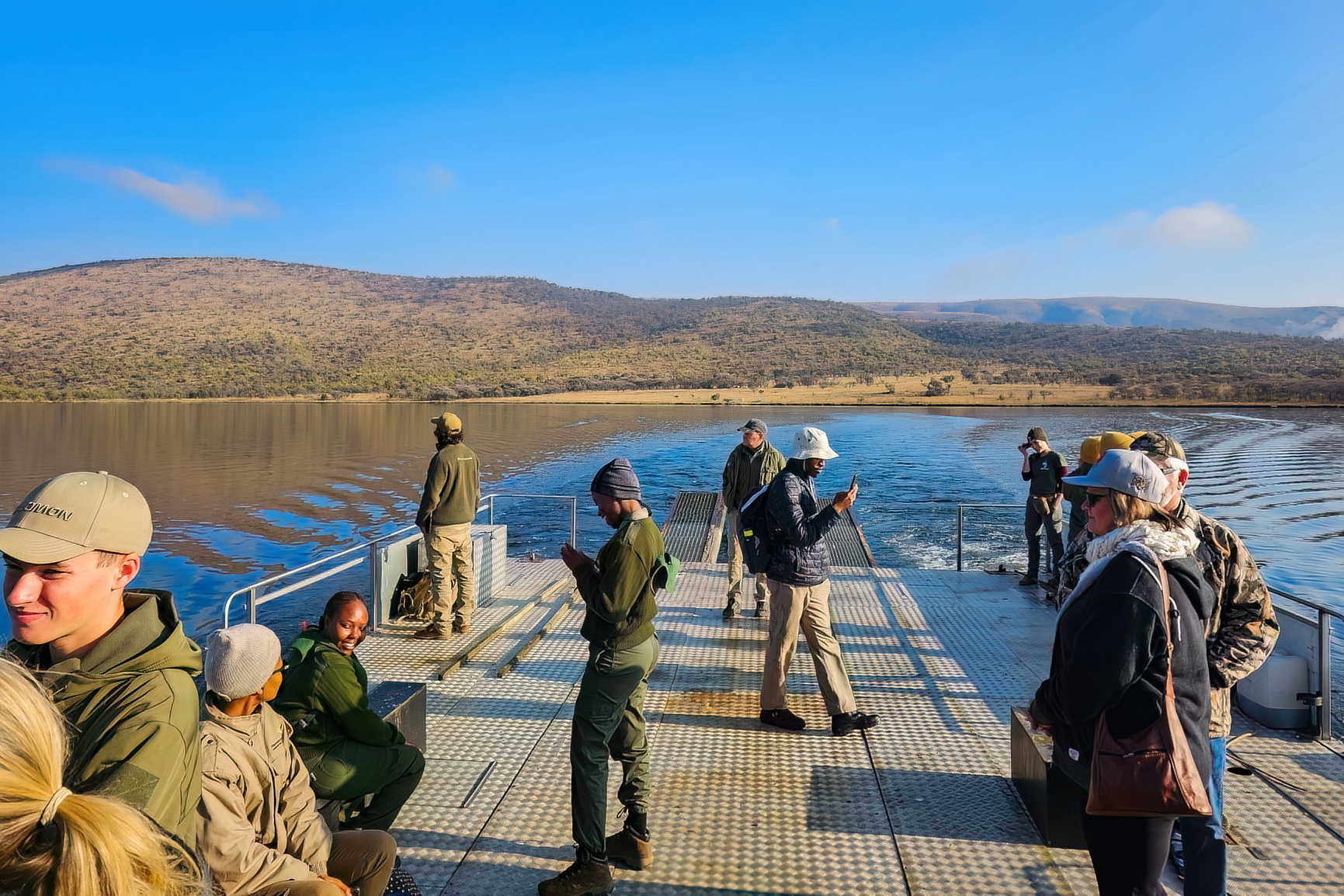
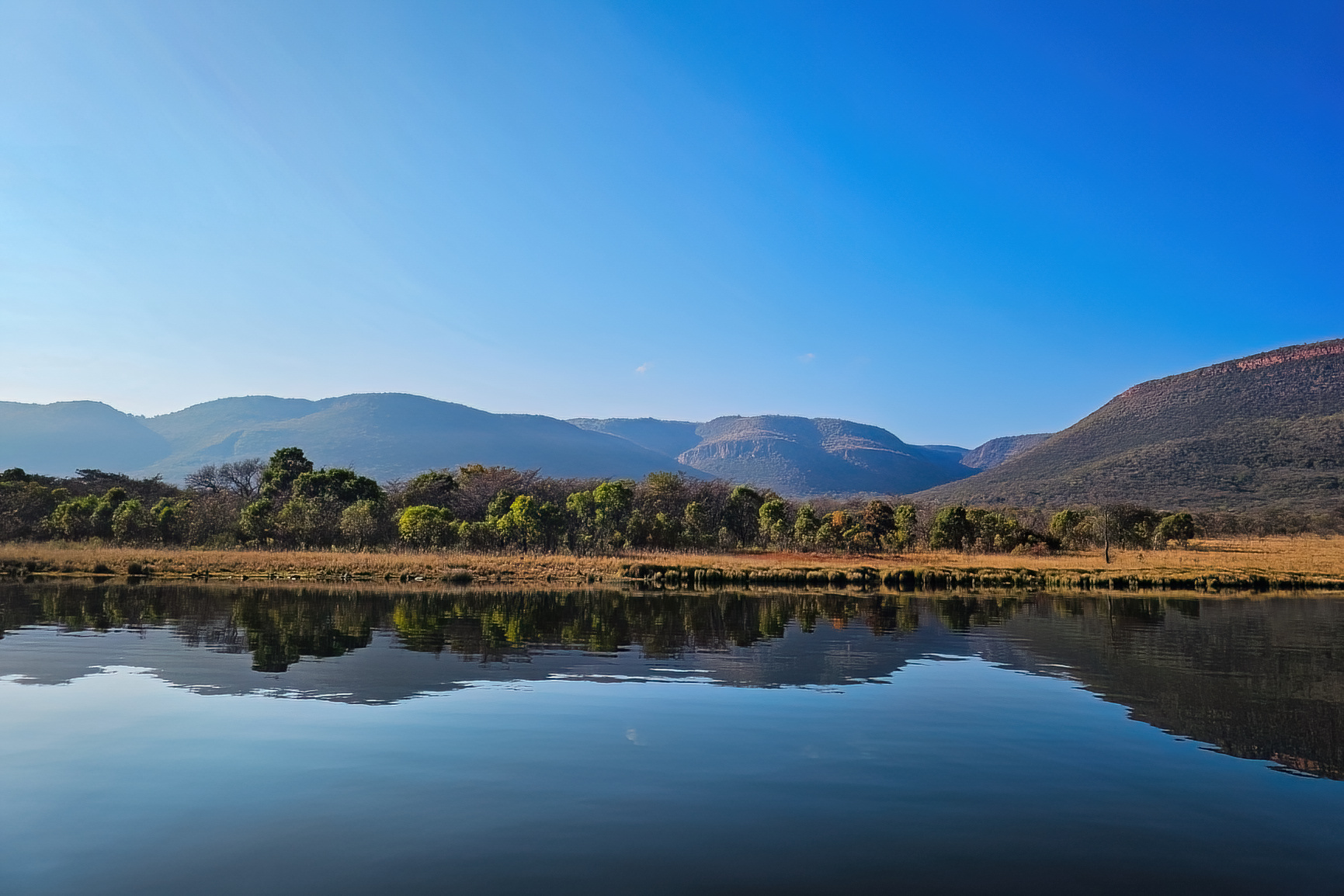

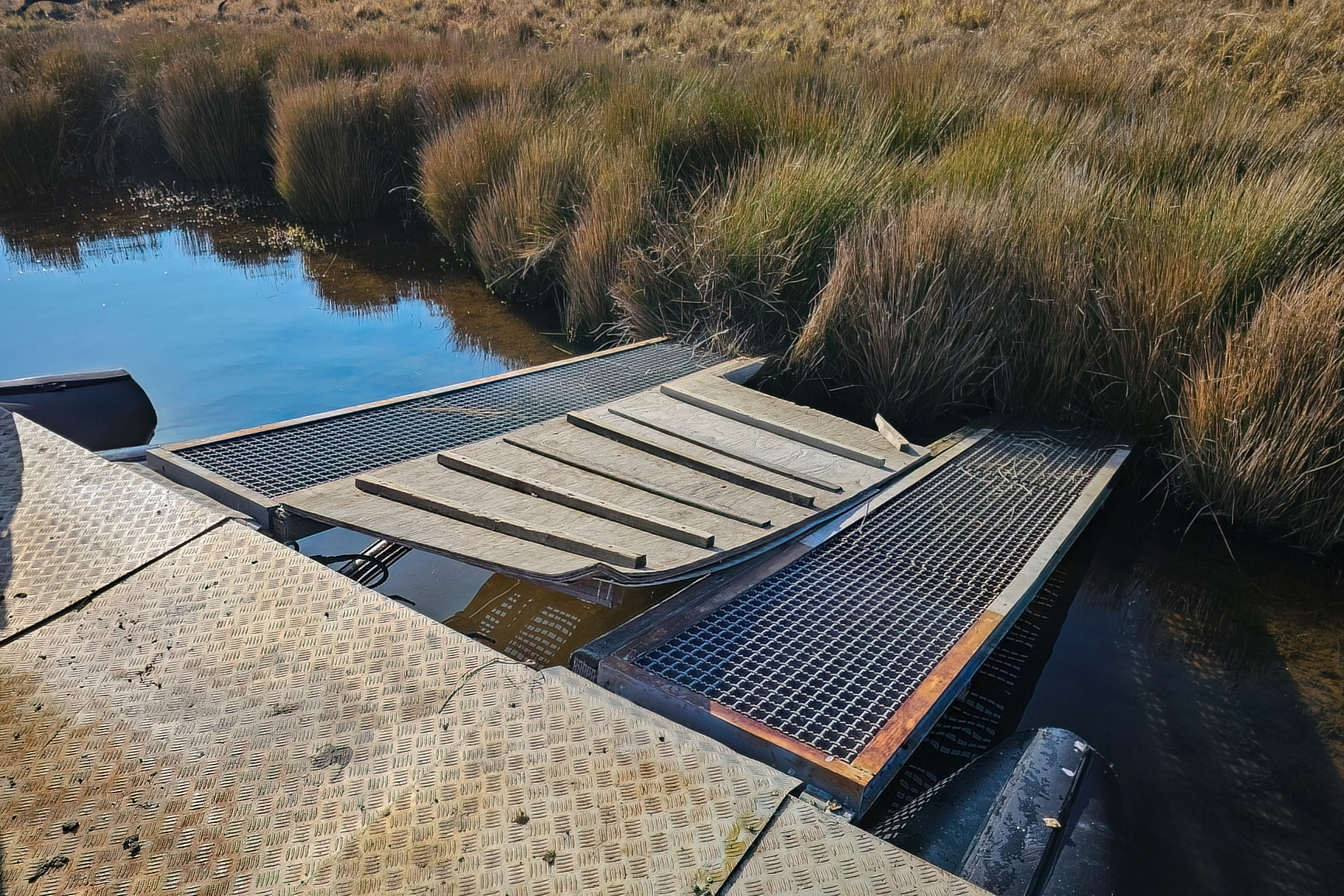
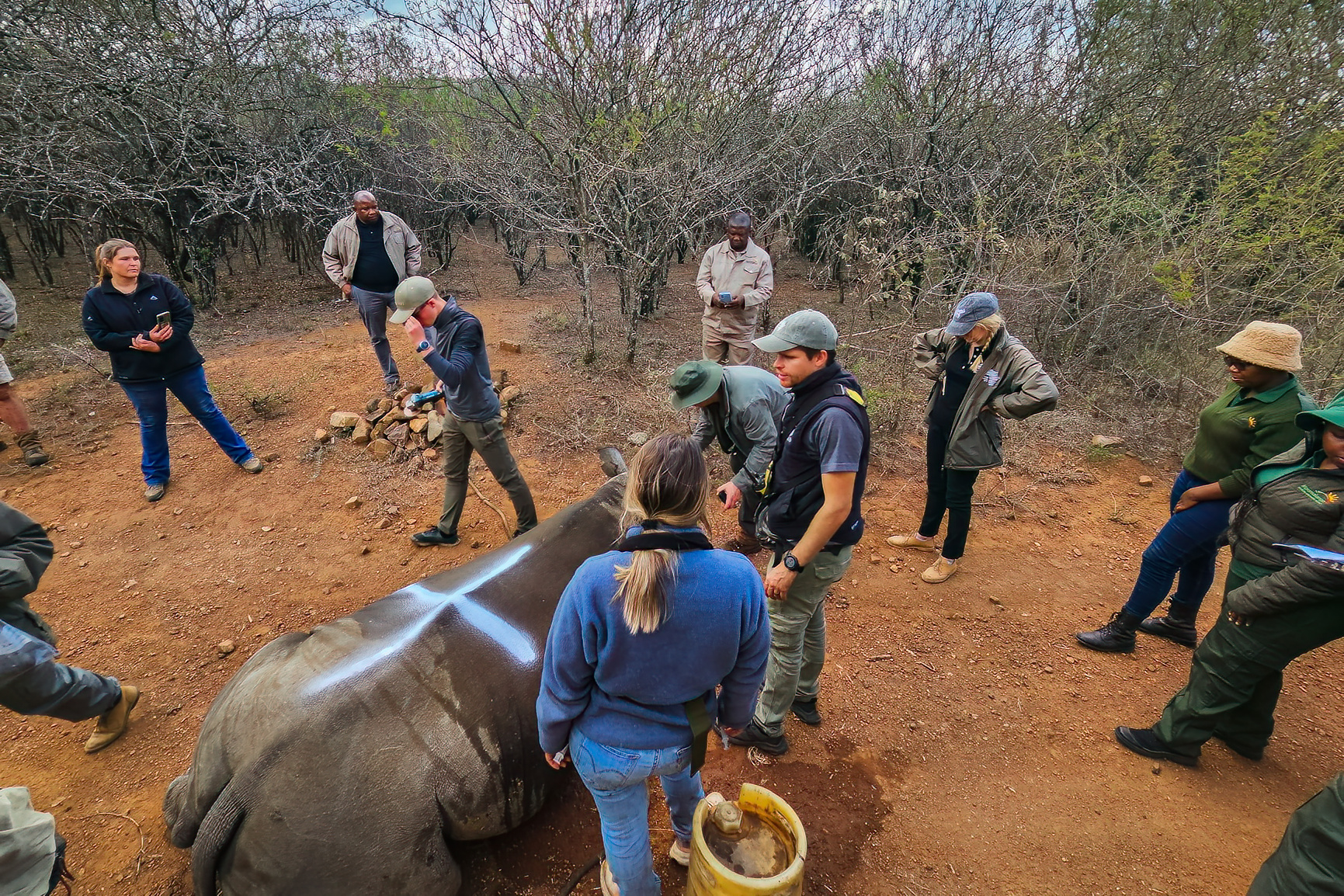
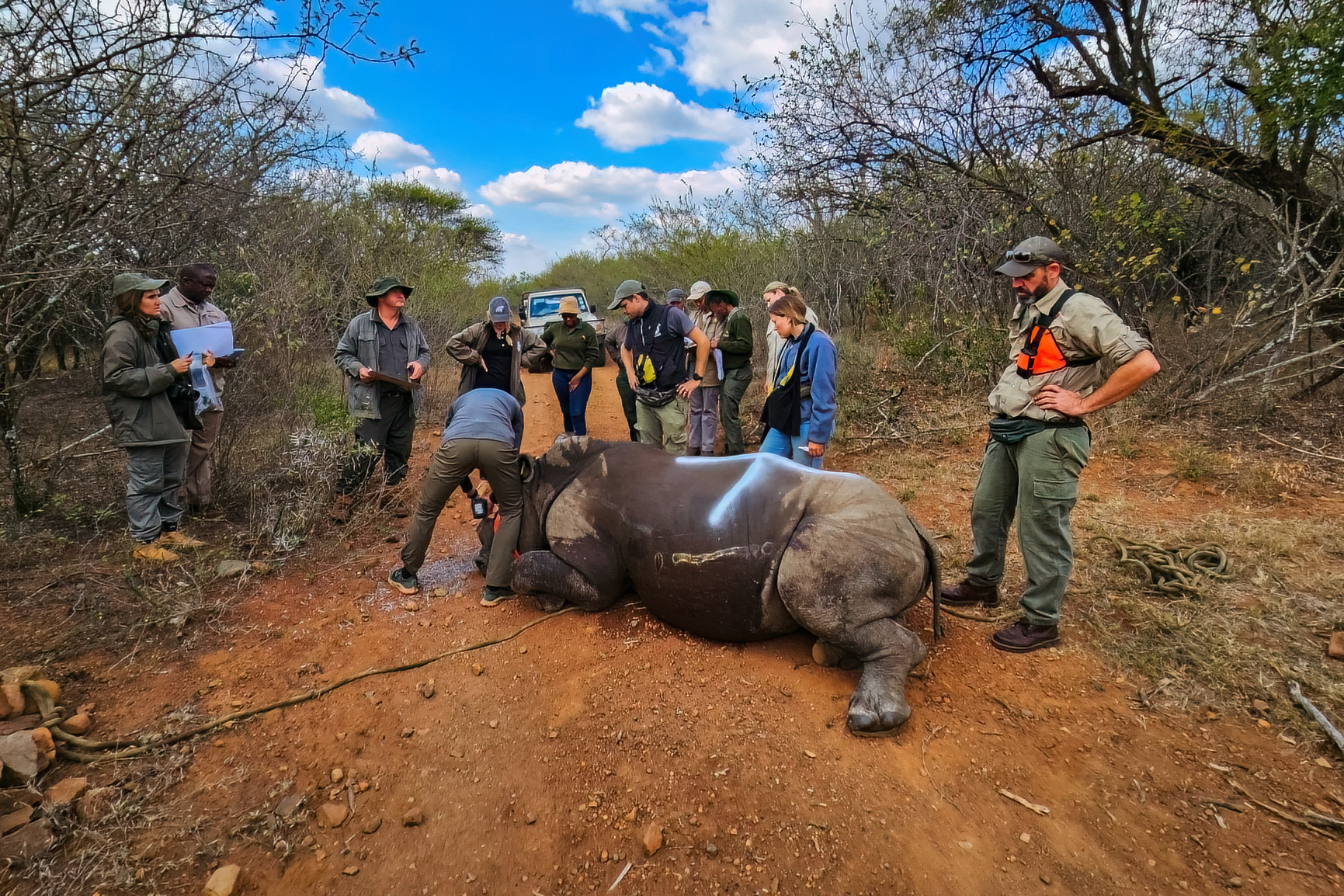
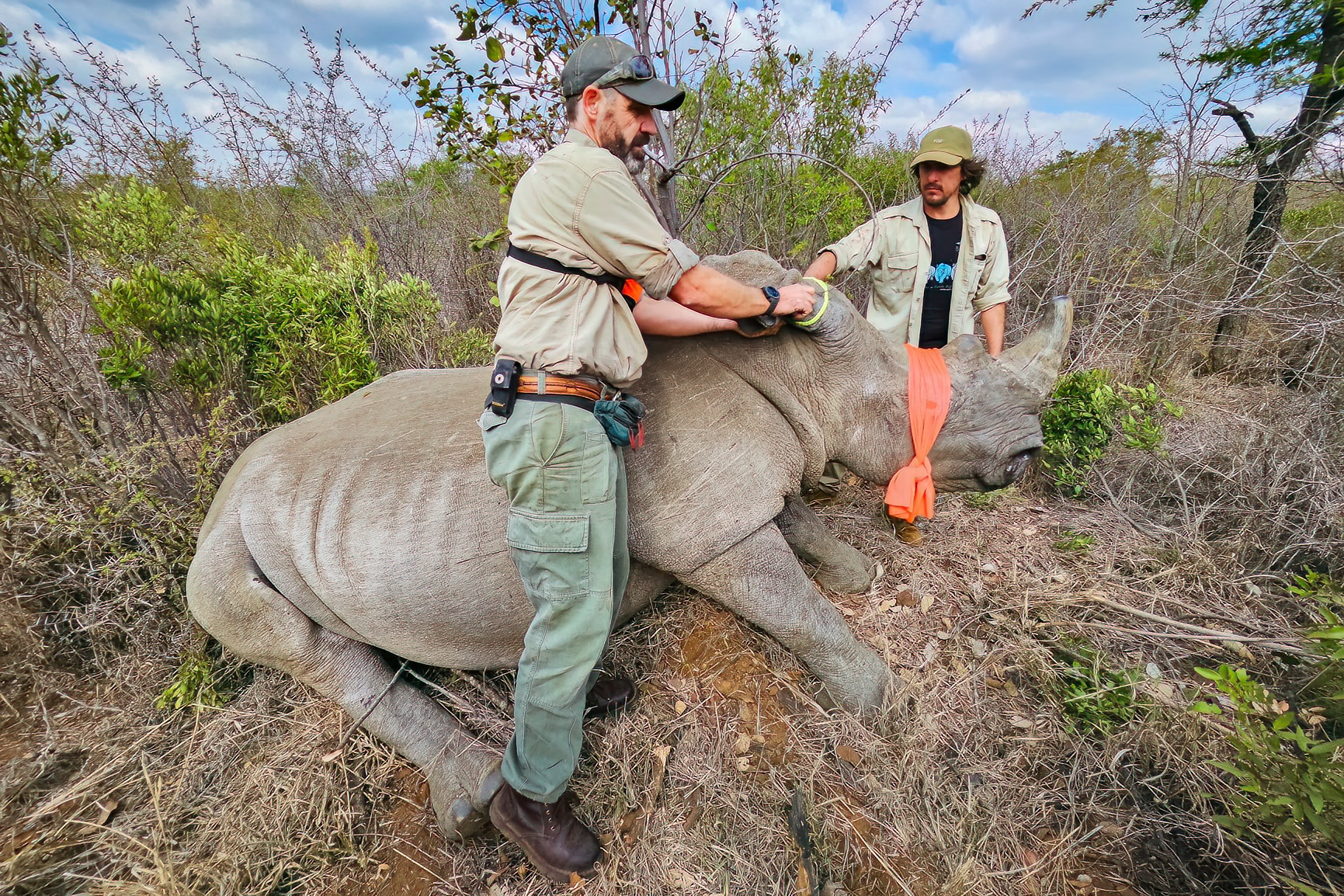
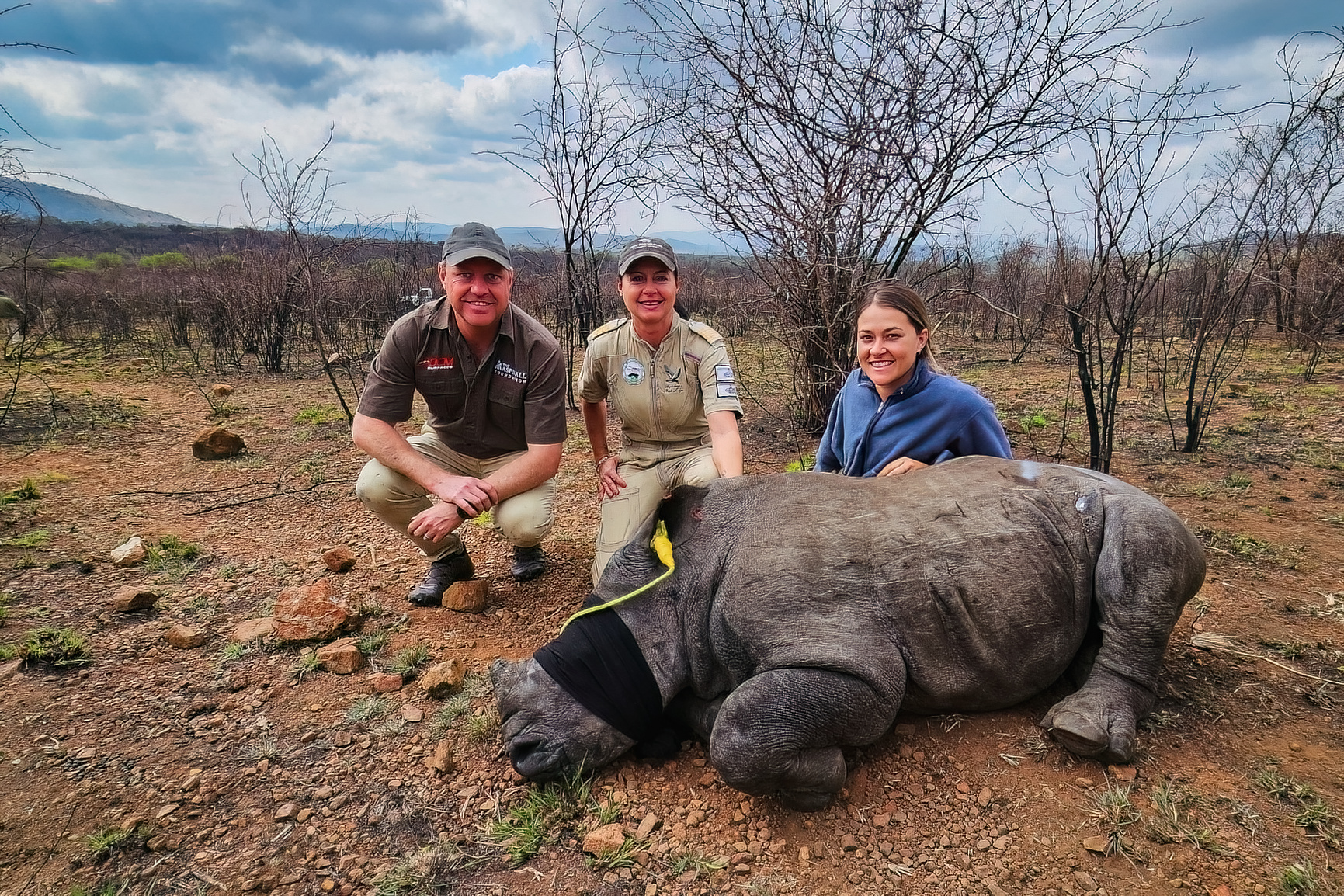
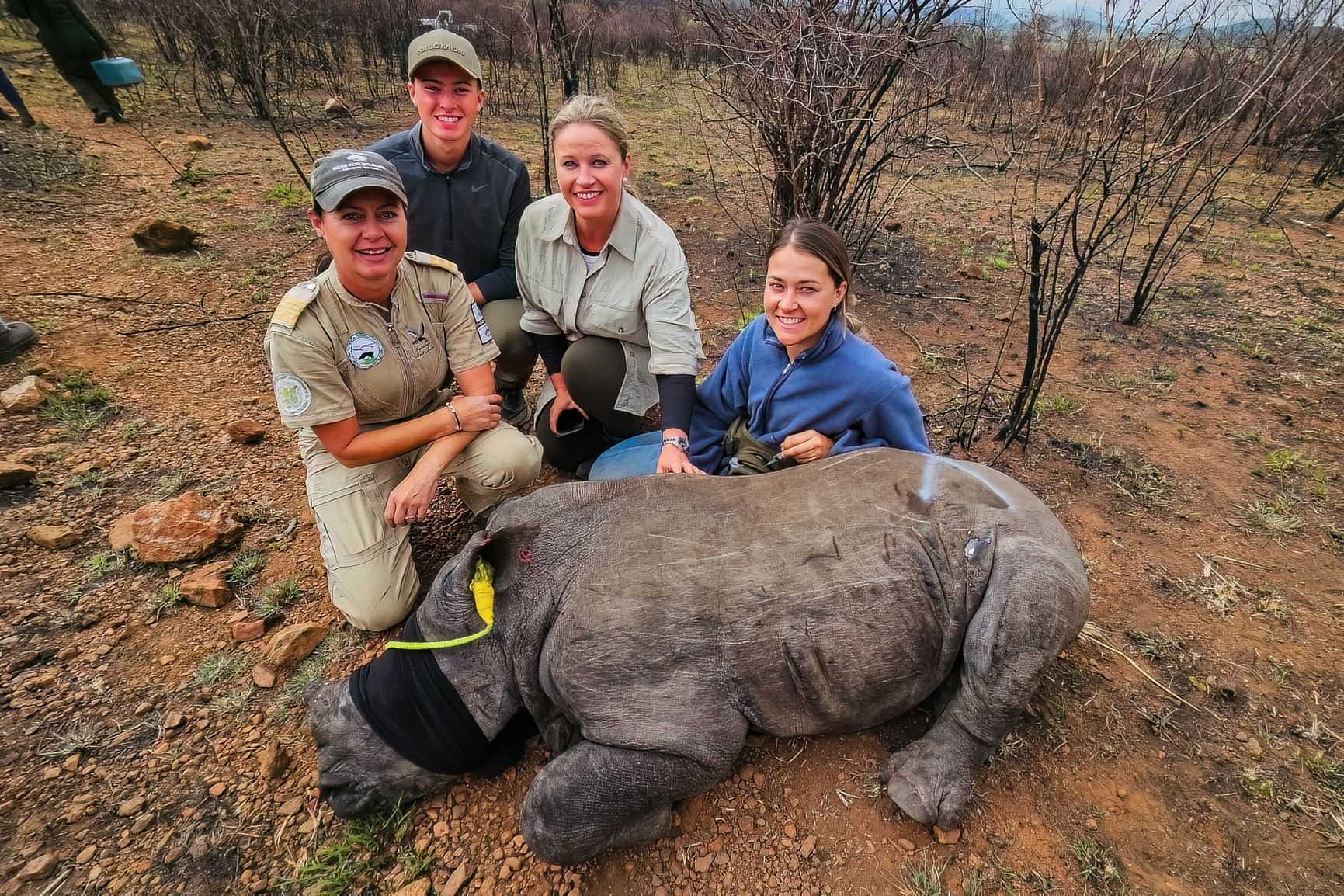




JOIN THE FRONTLINES
Contact
info@wef.ngo
© 2025 All Rights Reserved. Powered by Mosquito Media.

